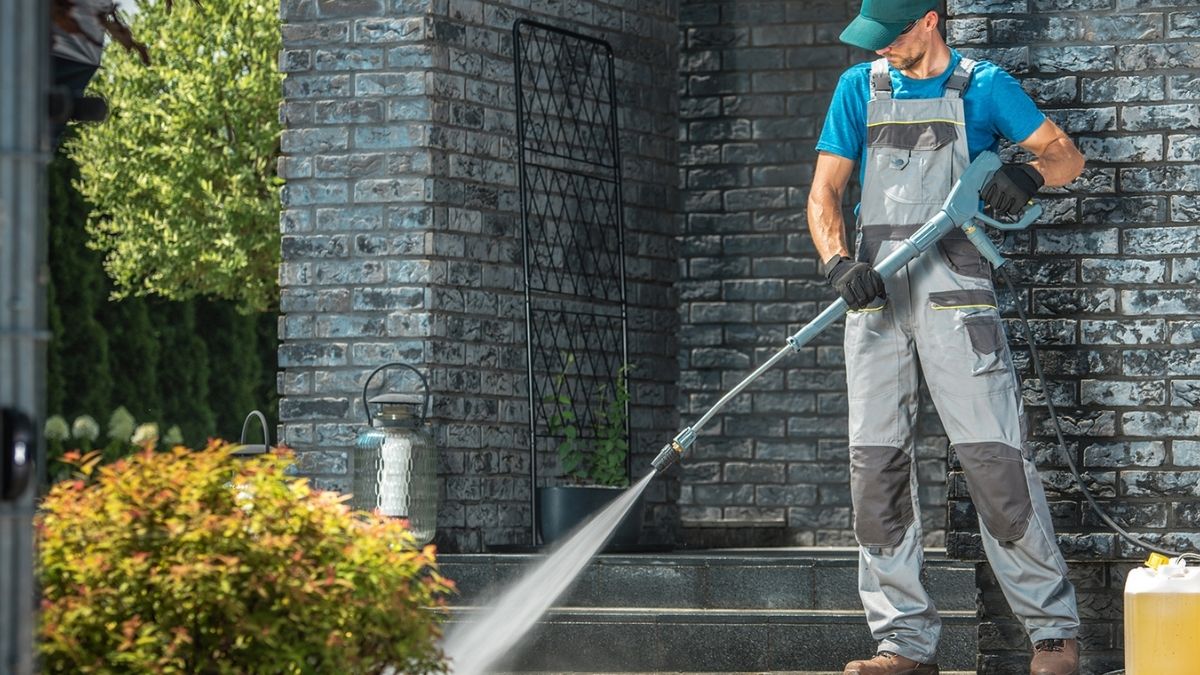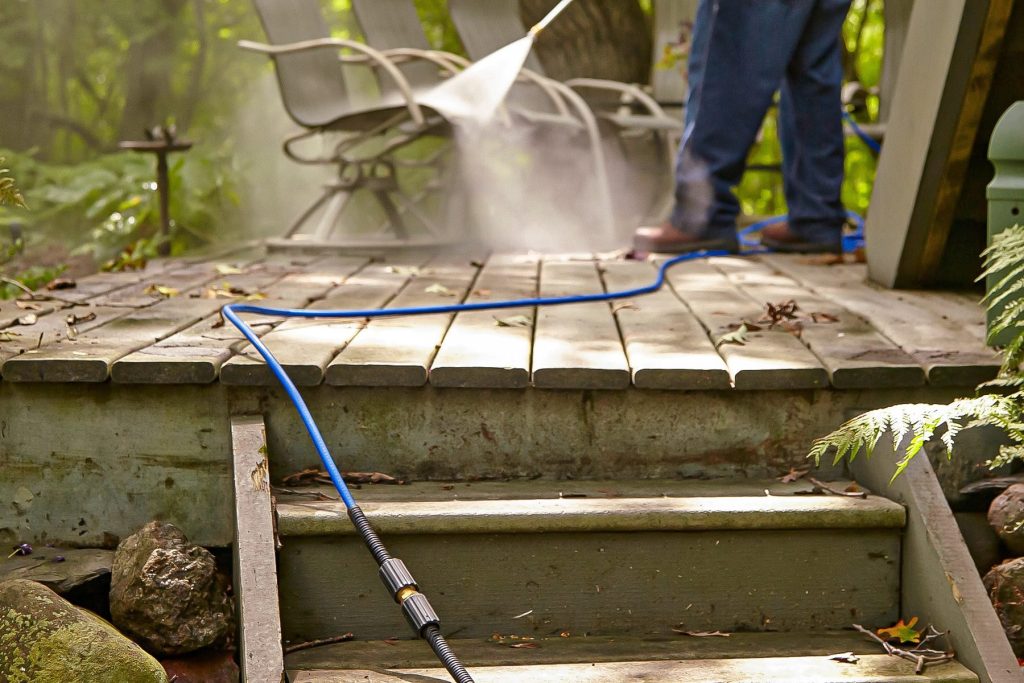

Is your pressure washer not cleaning effectively? This is a frustrating problem that can significantly impact your cleaning tasks. This comprehensive guide will delve into the maintenance tips for improving your pressure washer’s power, exploring common issues and providing actionable solutions to ensure your pressure washer is operating at peak performance. We’ll discuss crucial maintenance steps, from inspecting the nozzle to checking the water pressure, and highlight how these seemingly simple steps can dramatically improve cleaning efficiency. This article will be structured to address the root causes of ineffective cleaning, equipping you with the knowledge to resolve the problem yourself. We’ll cover cleaning the filter, inspecting the pump, and addressing nozzle issues. Ready to get your pressure washer working again?
Understanding the Root Causes of Ineffective Cleaning
Pressure washers, while powerful tools, can sometimes underperform. Often the culprit isn’t a major breakdown, but rather a series of minor issues that gradually degrade performance. A pressure washer that isn’t cleaning effectively can stem from numerous factors including low water pressure, clogged filters, a worn-out pump, or a damaged nozzle. This section will delve into common root causes, ensuring you are equipped with a precise understanding of the potential issues.
Water Pressure Issues
Water pressure is critical for a pressure washer’s effectiveness. Insufficient pressure often translates to a pressure washer struggling to clean effectively. Pressure decreases can result from a variety of issues such as obstructions in the water supply lines, low water volume from the source, or a clogged water intake filter. Checking the water supply and ensuring a consistent flow is crucial for maintaining proper pressure.
Related Post : Deck Boards Warping After Rain? How to Prevent and Repair Damage
Nozzle Issues and their Impact
Nozzles play a vital role in directing the pressure washer’s force. A worn-out, damaged, or incorrectly selected nozzle can lead to inadequate cleaning power. Clogged or misaligned nozzles can significantly impede cleaning efficiency. A clogged nozzle, for instance, restricts the flow of water, greatly reducing the cleaning impact. Replacing a damaged nozzle, ensuring it’s the right type for the task, and confirming its proper installation are key for optimal cleaning.
Filter Clogging
Dirty filters can restrict water flow and reduce the pressure of the pressure washer. Dirt, debris, and sediment can accumulate in the filters, significantly impacting the machine’s performance. Regular filter maintenance, either by cleaning or replacing the filters, is essential for preserving the pressure washer’s power and efficiency.
Cleaning and Maintaining Pressure Washer Filters
Cleaning the Water Intake Filter
Regularly cleaning the water intake filter can help maintain optimal water pressure. Inspect the filter for debris. If clogged, use a soft brush and clean water to remove the obstruction. This step prevents blockages and maintains consistent water flow.
Routine Filter Replacement
Replacing the pressure washer’s filter on a scheduled basis is essential for maintaining optimal cleaning power. Refer to the manufacturer’s recommendations for specific intervals. This will depend on the model, usage frequency, and the type of water used. Cleaning or replacing filters prevents blockages and preserves the pressure washer’s efficiency.
Inspection and Maintenance of the Pressure Washer Pump
Checking for Leaks and Damage
Regularly inspect the pressure washer’s pump for any leaks. A leak in the pump can indicate a problem with the seals or gaskets. Inspecting for leaks and damage to the pump is important for maintaining consistent pressure and avoiding further mechanical issues.
Lubrication and Proper Functioning
Regular lubrication of the pump components can help prevent wear and tear. Following the manufacturer’s guidelines for lubrication helps prolong the life of the pressure washer’s pump. Keeping the pump well-lubricated ensures smooth operation and avoids premature wear.
Selecting the Right Nozzle for Your Job
Understanding Nozzle Types and Applications
Different nozzle types are suited for different cleaning tasks. Understanding the various nozzle types, including smooth, spray, and fan nozzles, allows you to choose the correct tool for the job. The right nozzle ensures optimal cleaning effectiveness by adjusting the spray pattern. Experimenting with different nozzle types can help determine the right nozzle for specific cleaning tasks.
Proper Nozzle Maintenance
Regular cleaning of nozzles prevents clogs, which can greatly affect the pressure washer’s power and cleaning efficiency. Properly maintaining your nozzles is a crucial aspect of getting effective cleaning results. Use a brush or soft cloth to clean the nozzles.
Addressing Other Potential Issues
Electrical Issues
Electrical issues can be a significant problem in pressure washers. A damaged electrical cord, a faulty motor, or incorrect voltage supply may result in a pressure washer’s inability to function as designed. Checking the voltage supply and the electrical connections can often help identify the issue.
Water Temperature and Pressure
Water temperature can affect the efficiency of a pressure washer, affecting the cleaning process. Inspect the water temperature and pressure coming into the pressure washer, ensuring that the supply is consistent. Water that is too hot or too cold may harm or damage pressure washer components. Regular maintenance can ensure that the machine operates as intended, maintaining stable water pressure and temperature.
Assessing Overall Equipment Condition
Regularly checking the equipment overall, assessing the condition of hose connections and all other pressure washer components are equally important for optimal performance. Any signs of damage or wear will need attention. Confirm that all parts of your pressure washer are functioning correctly.
In conclusion, a pressure washer that isn’t cleaning effectively often points to a simple maintenance issue. By checking the water pressure, nozzle type, and filter regularly, you can ensure your pressure washer is performing optimally. Remember, a well-maintained pressure washer translates to more efficient cleaning and a longer lifespan for your equipment. If you’re still struggling, contacting a professional is a wise choice. They can diagnose the issue more thoroughly and recommend the best course of action. Invest in regular maintenance to prolong the life of your pressure washer and enjoy effective cleaning results. Get started with our maintenance tips today!